Photo: AA
Click to read the article in Turkish
Marine mucilage appeared on the surface of the Sea of Marmara, an inland sea in northwestern Turkey, in last November and gradually thickened until mid-2021.
By the end of August, the surface of the water had become clear but there is still "sea snot" in the deep sea. Moreover, experts warn it may appear on the surface again in the coming months as the causes of mucilage have not been eliminated.
In early June, the Ministry of Environment and Urbanization unveiled a 22-article action plan to deal with the mucilage problem.
CLICK - Vacuuming up sea snot is 'like sweeping up the sand on the beach'
Prof. Mustafa Sarı of Bandırma 17 Eylül University Faculty of Marine Sciences told bianet it is highly likely that mucilage will appear on the sea surface in November.
"Right now, there is no mucilage on the surface of the water, but it continues at the bottom. There were incredibly huge chunks of mucilage at depths of 20-30 meters," he said, noting that he dived into a depth of 40 meters last Sunday.
"Starting from seven meters of depth, the accumulated mucilage continues to break down. Meanwhile, it consumes the oxygen and causes an oxygen-free zone at the bottom.
"On the other hand, the breakdown causes a feedback. Some organic compounds that emerge [during the breakdown] prepared the ground for the formation of new mucilage. Based on this and considering the past years, we say it is highly likely that we'll encounter a new formation of mucilage in November."
CLICK - After marine mucilage, Sea of Marmara faces deoxygenization problem
The three triggering causes
There are three triggering causes that lead sea snot to appear on the surface of the sea, the professor noted: Higher than average surface temperatures because of climate change, low current velocities and the pollution load.
"In November 2020, the Sea of Marmara was 2.5 degrees warmer [than average] and unfortunately, the high temperature continues. The Sea of Marmara is still warmer than the average of the past years.
"The second is the static conditions of the Sea of Marmara. Because of the original structure of the Sea of Marmara, the circulation on the surface totally depends of the water coming from the Black Sea.
In October, the [flow rate] of the water coming from the Black Sea drops to the minimum and it increases to the maximum in June. This is why we see mucilage at the end of October and the start of November. Unfortunately, there is no increase in this circulation compared to previous years.
CLICK - Bottom of Sea of Marmara covered with sea snot, underwater photos show
"The third trigger is the pollution load, that is, the domestic, agricultural, industrial wastes, shipping wastes and other wastes that we load into the Sea of Marmara.
"Unfortunately, we haven't been able to make enough progress in [decreasing] the amount of these wastes to limit the formation of mucilage. So, the three triggers are still there.
"If at least one of the three triggers disappears, then the formation of mucilage decreases and it appears at the bottom, like we have been observing for years. It affects the fish, fisheries, the ecosystem although we may not see it on the surface." (TP/VK)





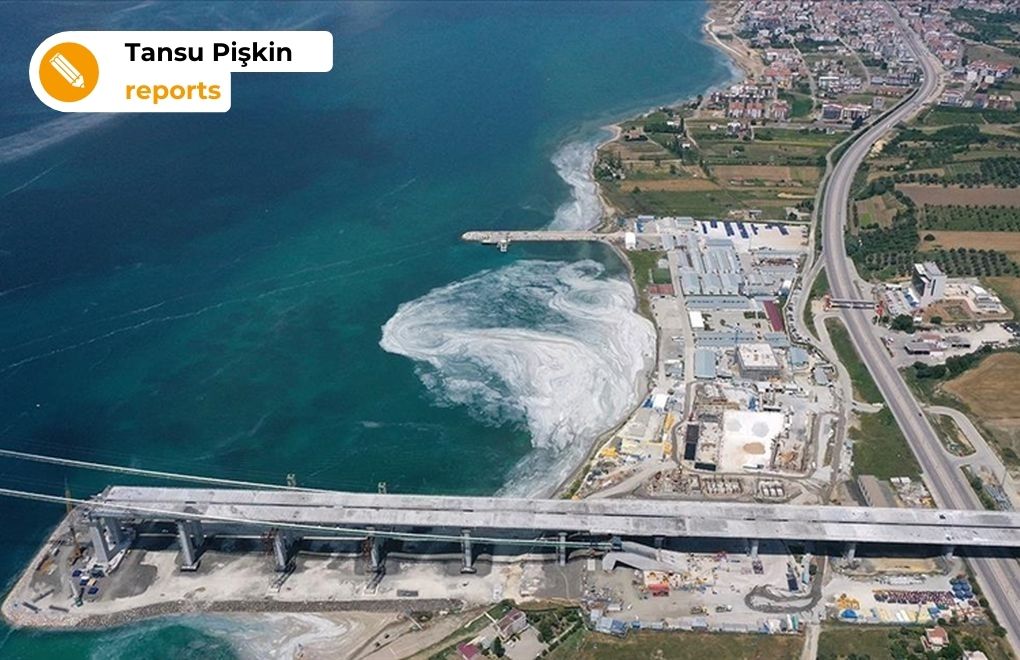
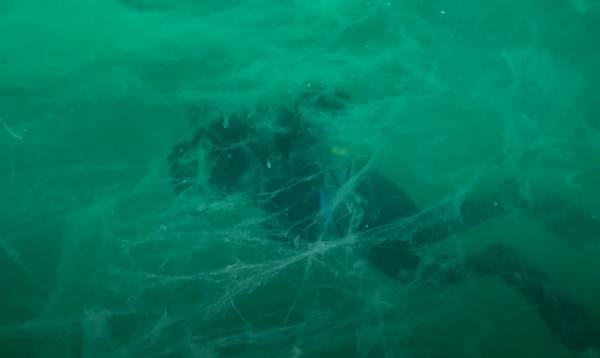
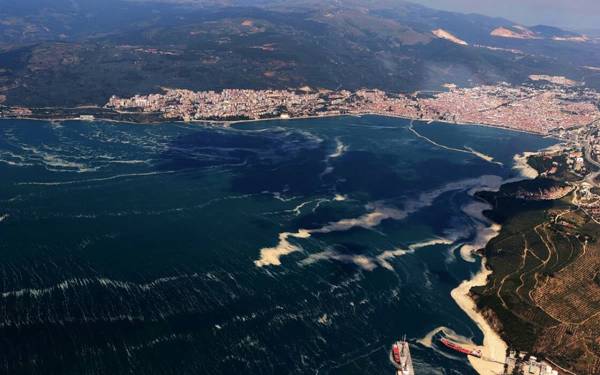
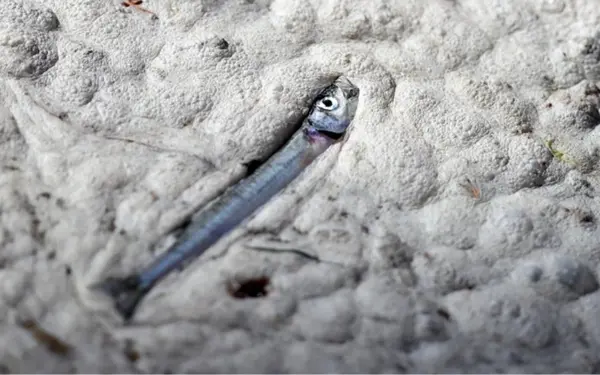
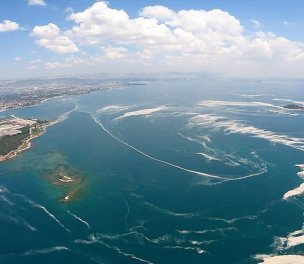
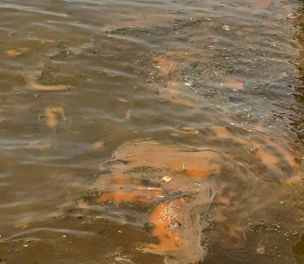
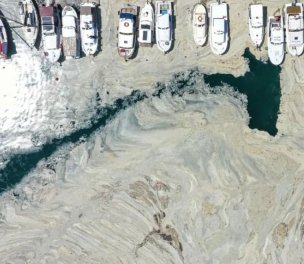
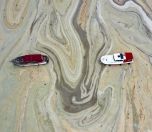
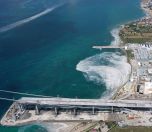
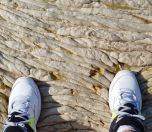
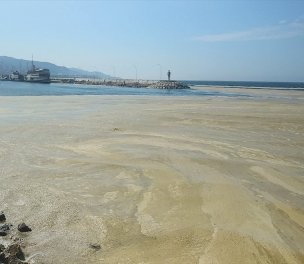
.jpg)
.jpg)


